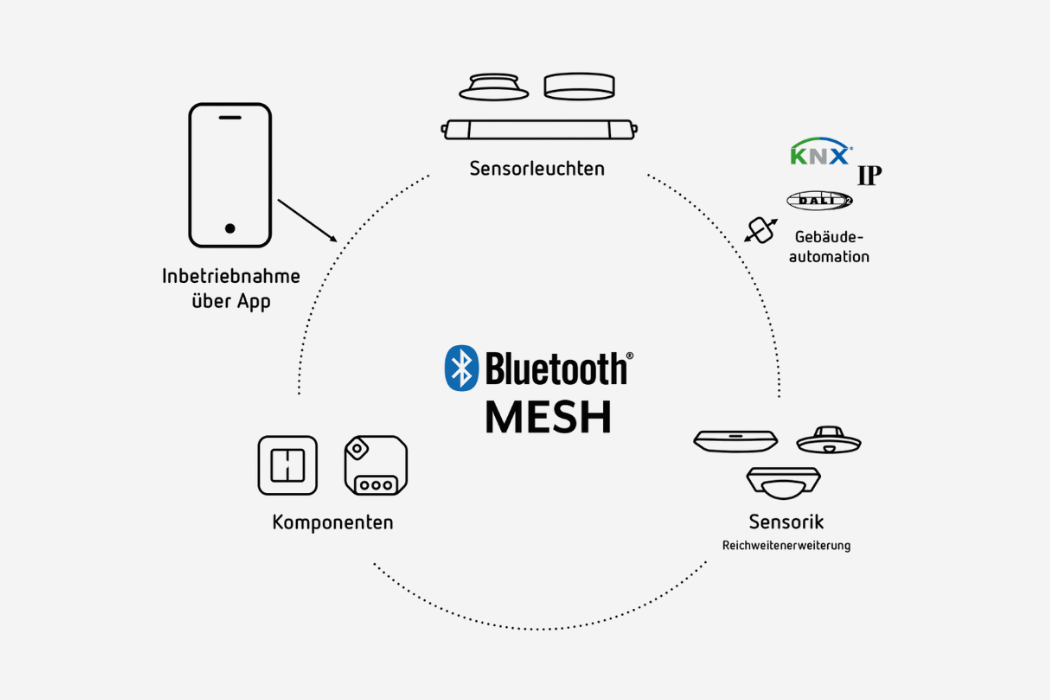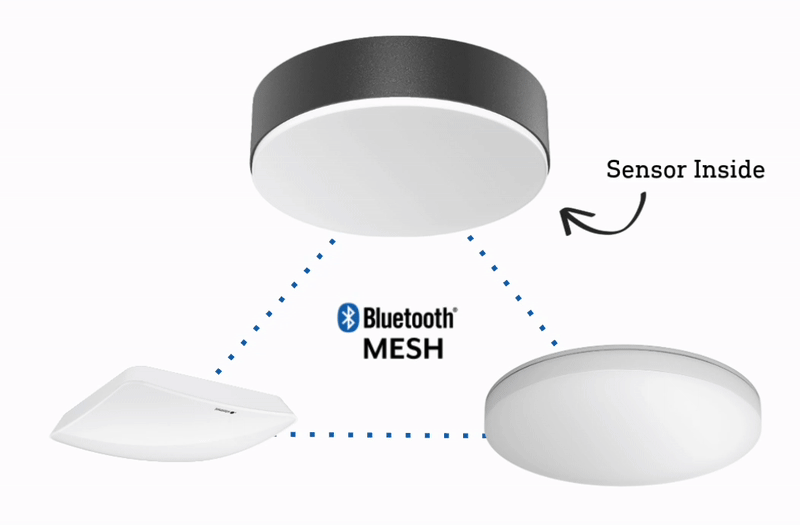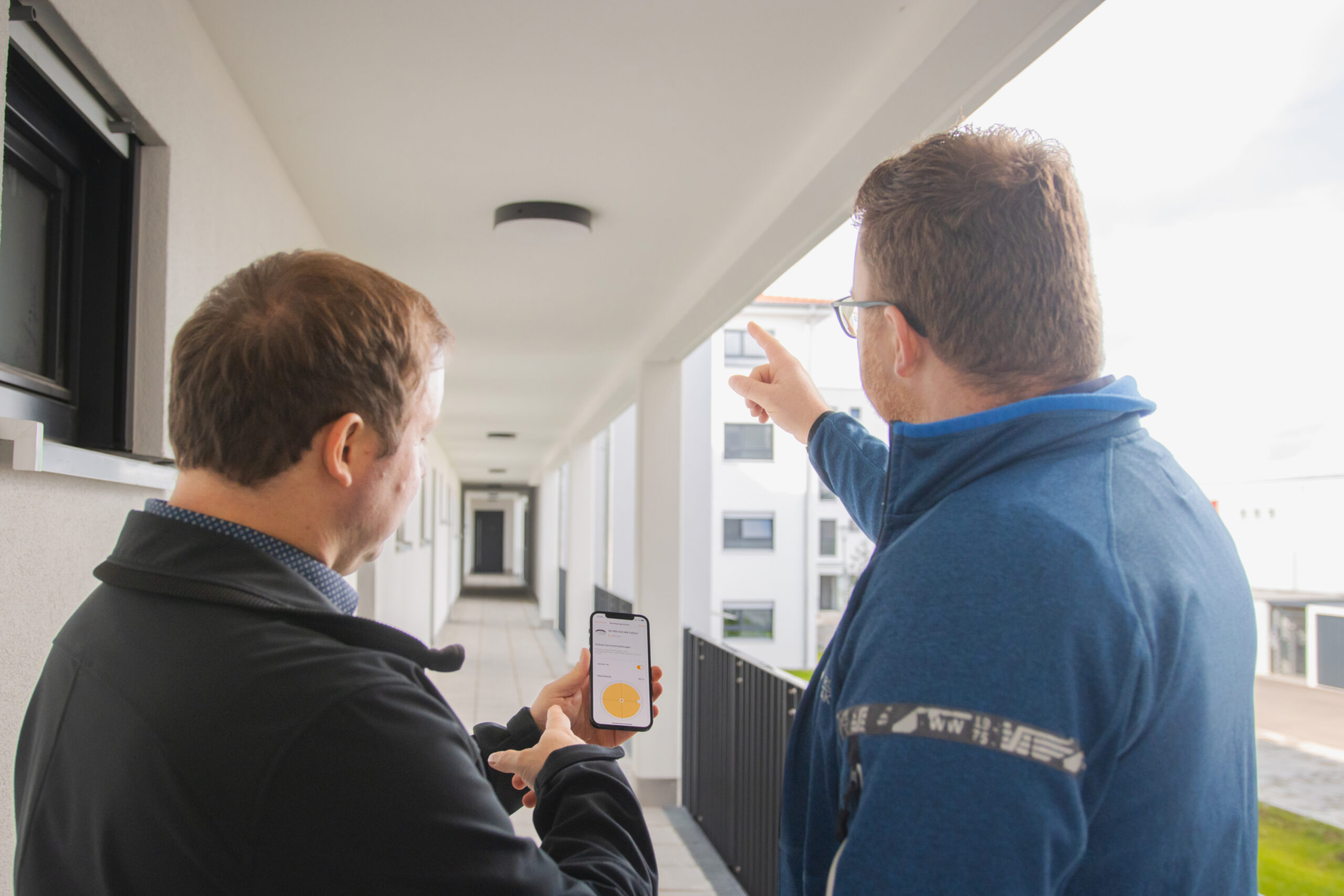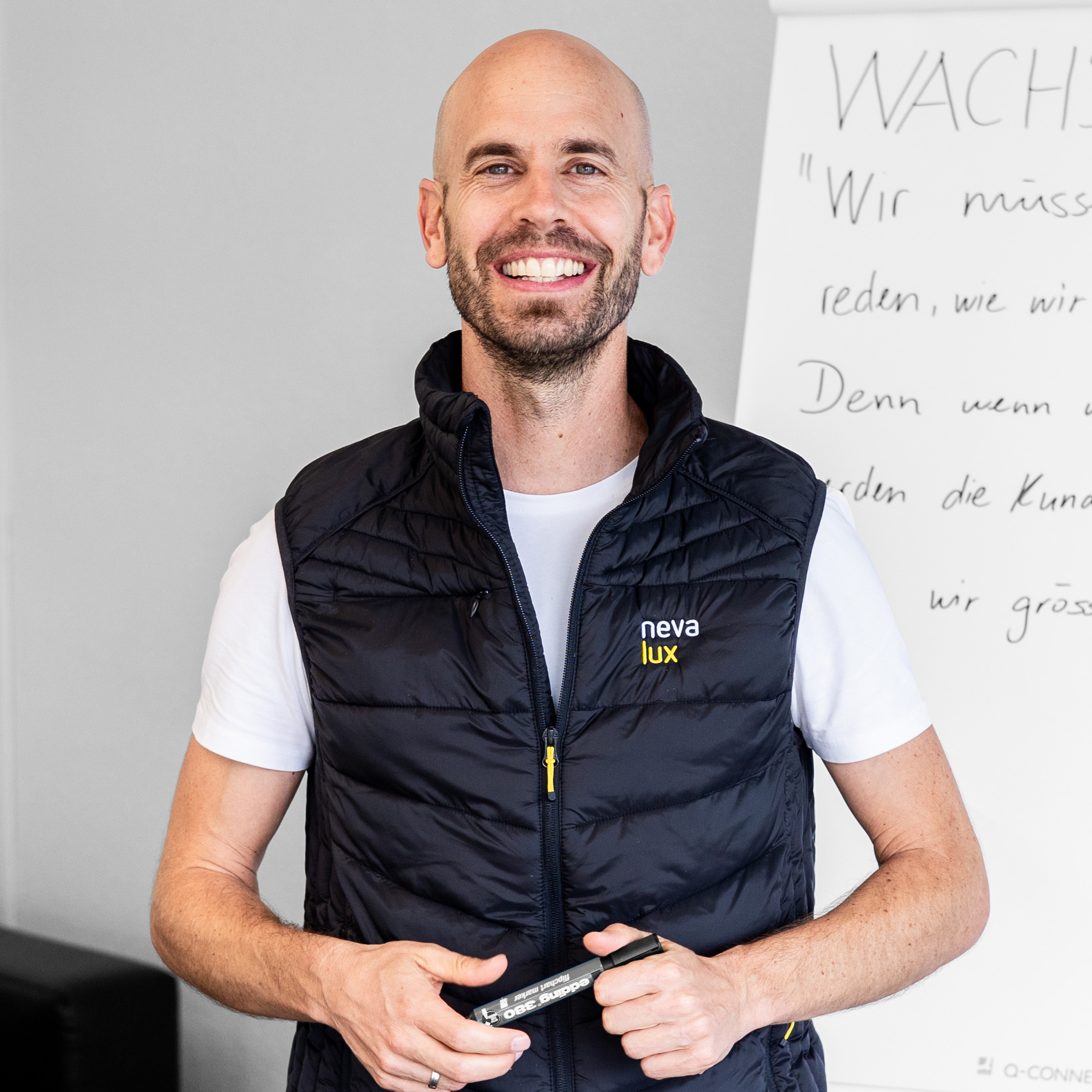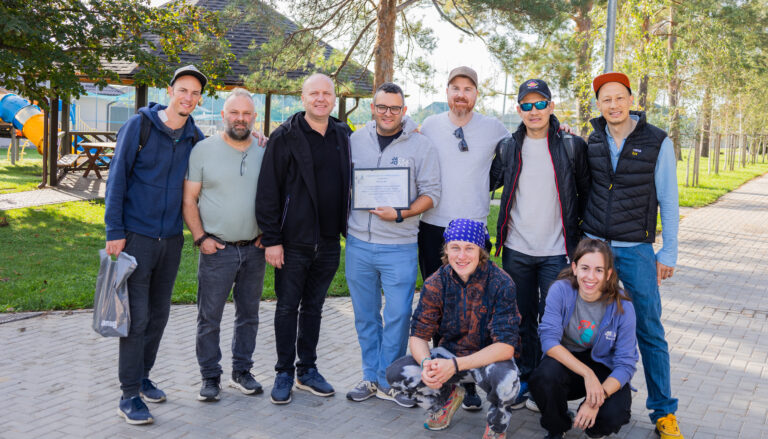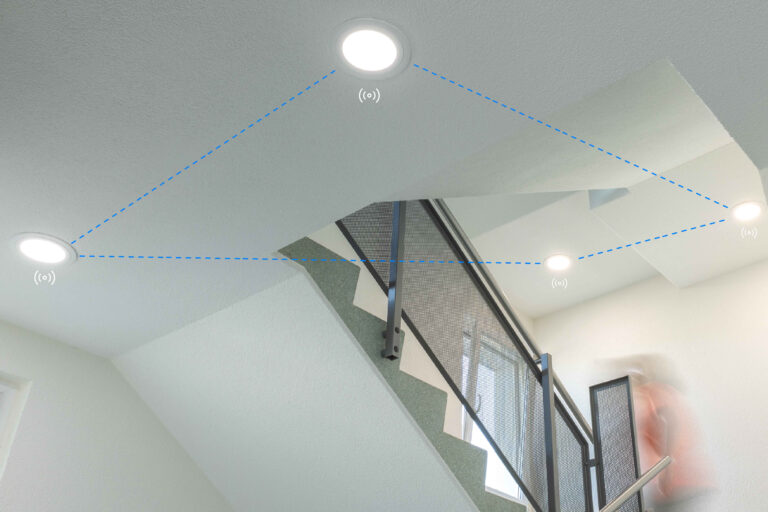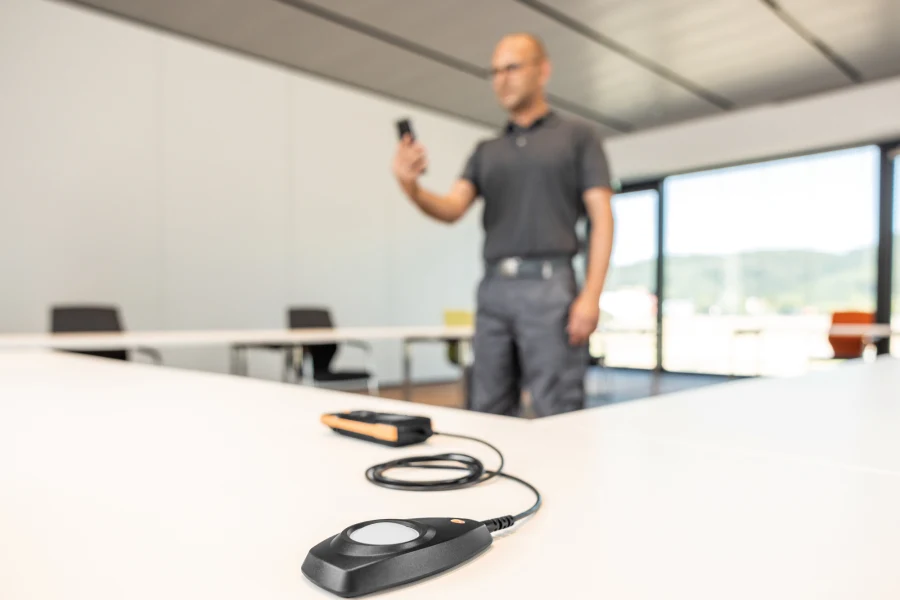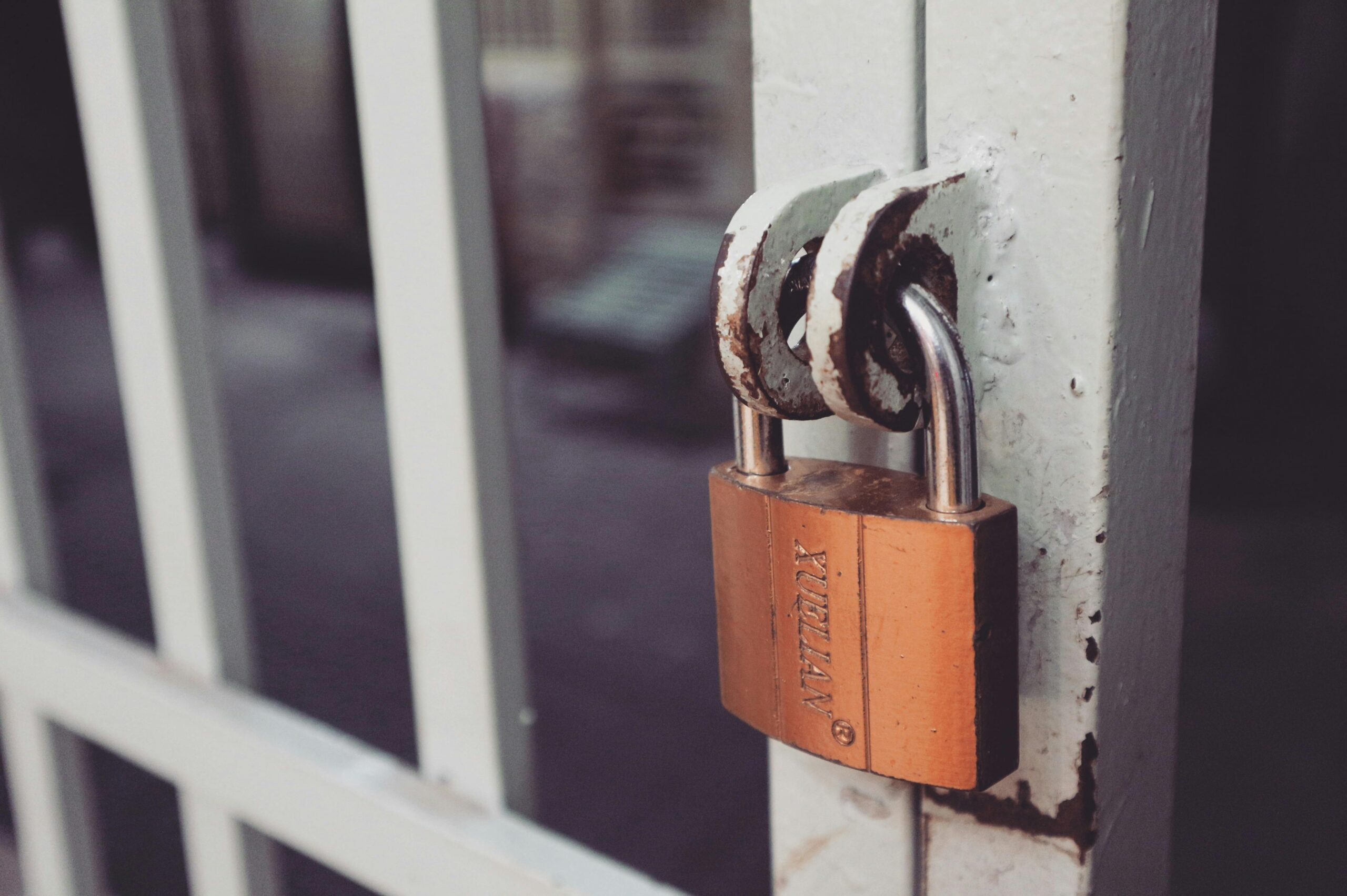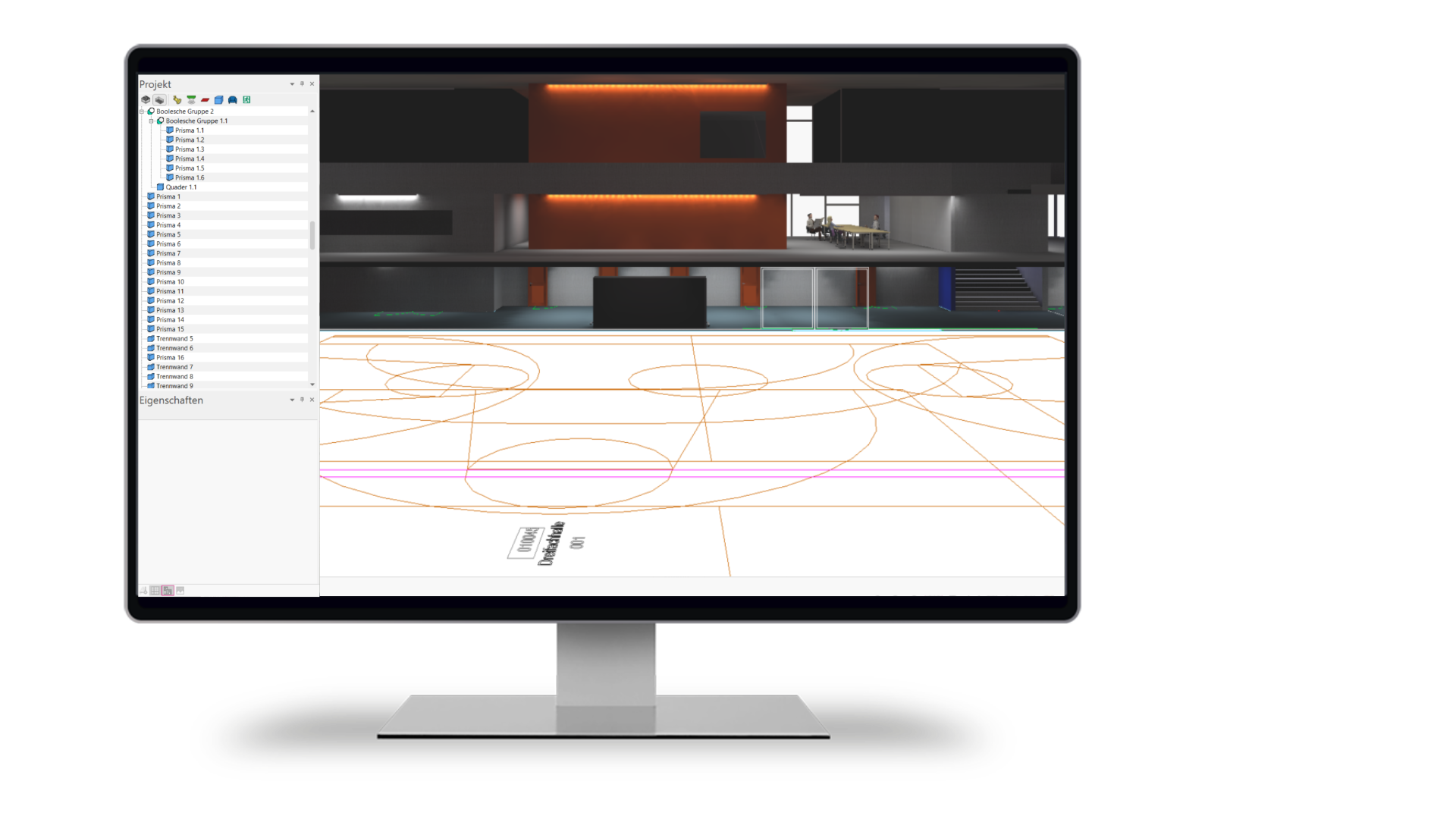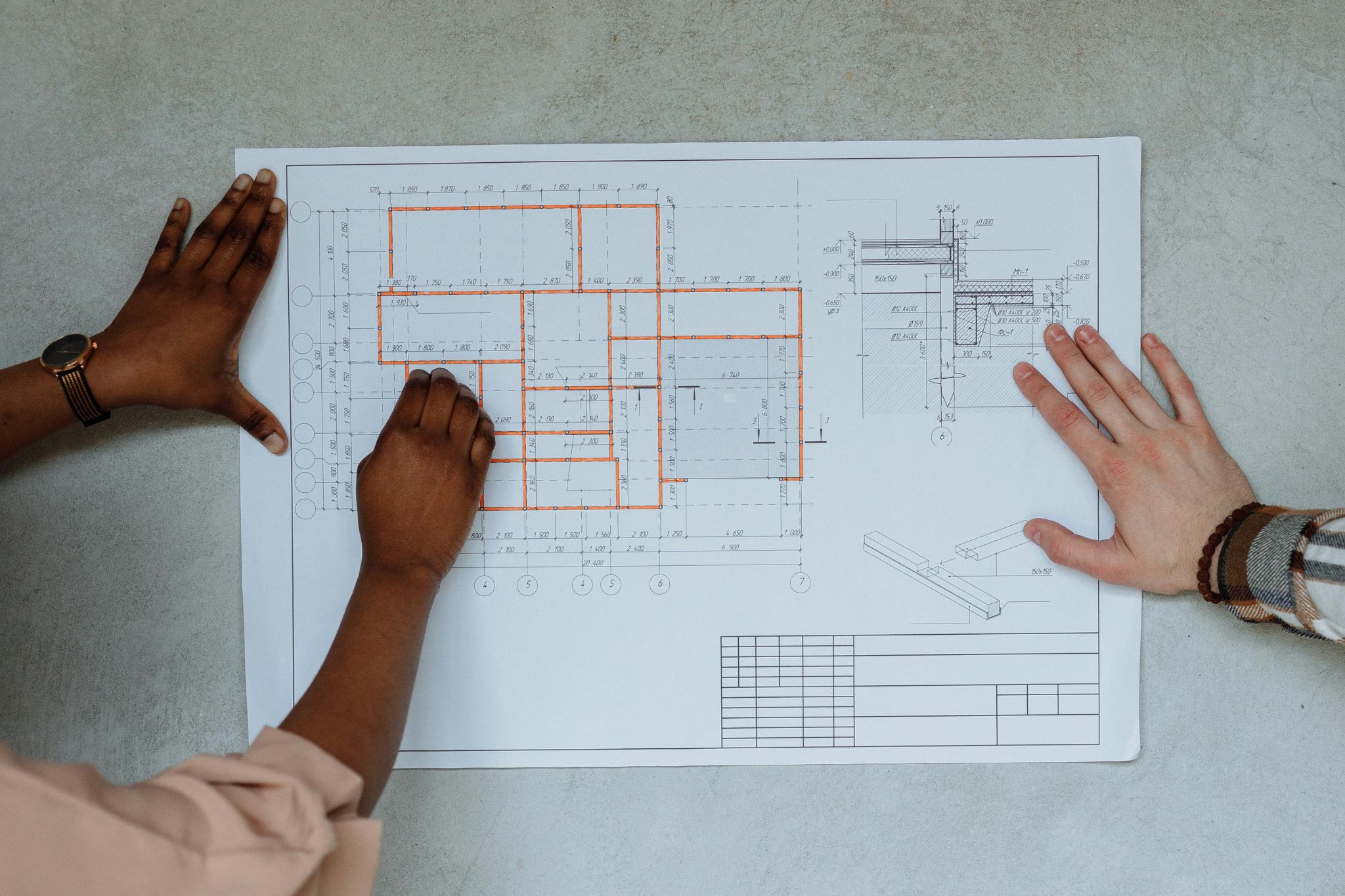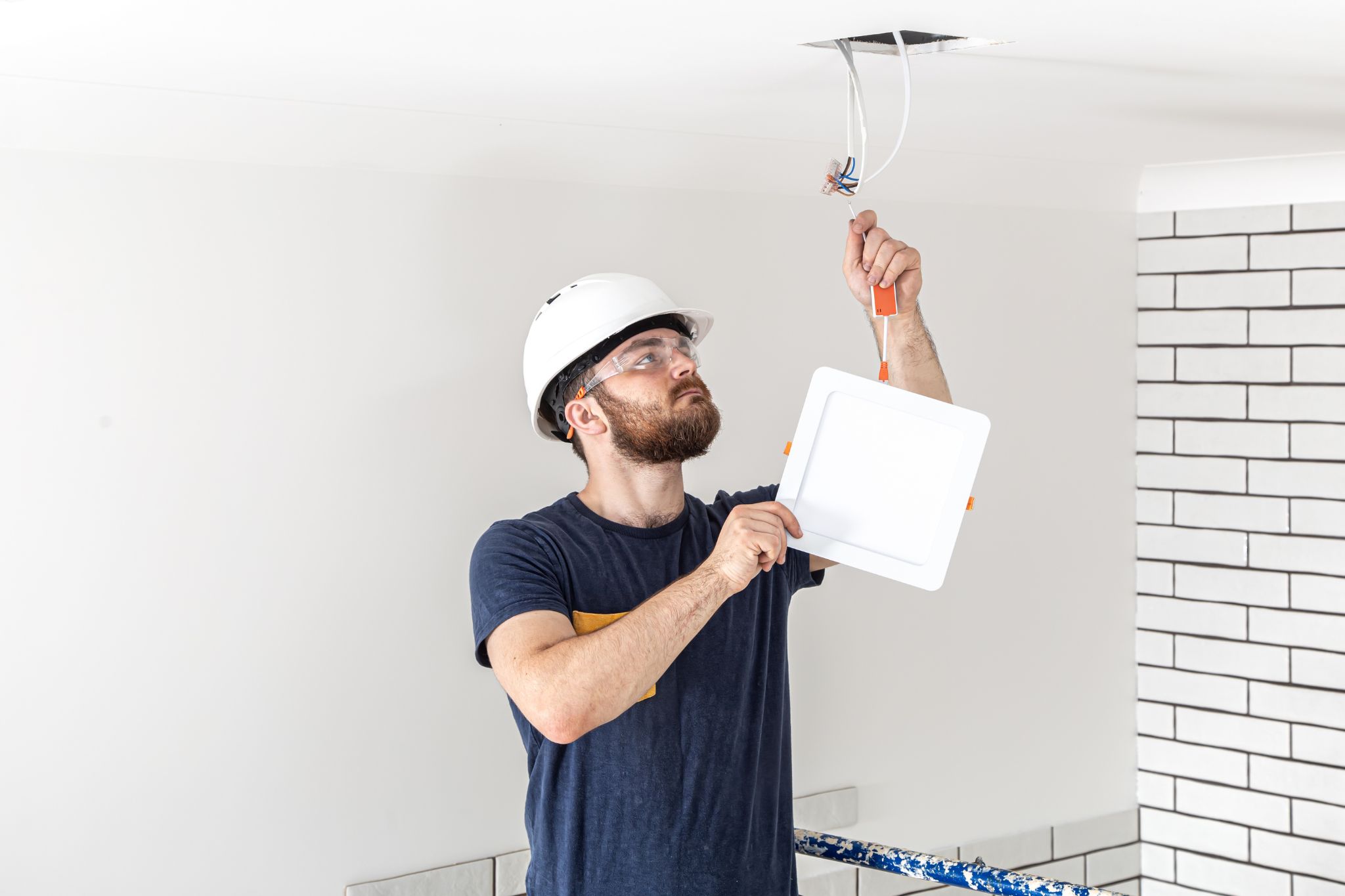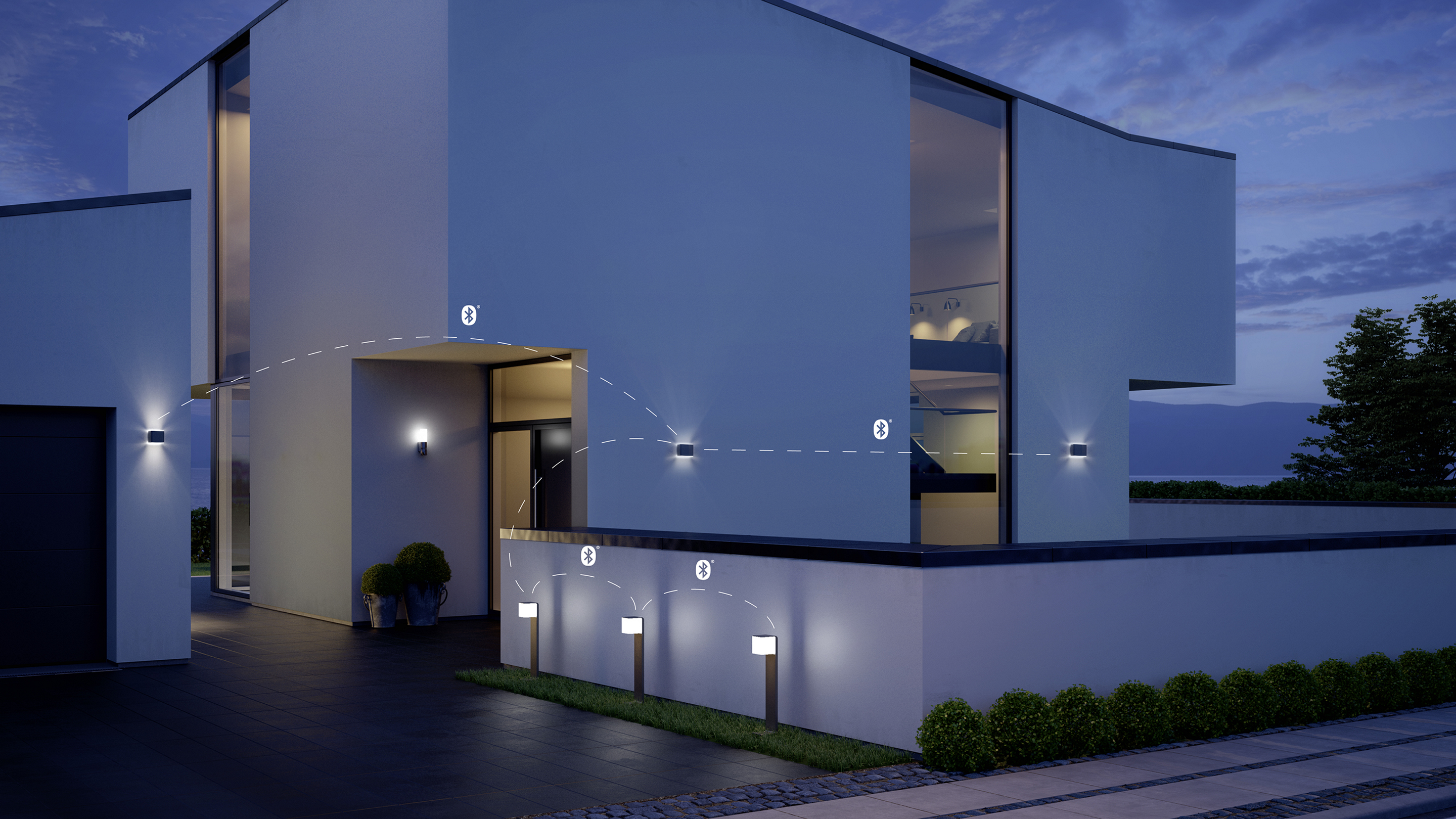

The switch from old light sources to LED technology was an important first step towards energy efficiency. But anyone planning a renovation today knows that a new light fixture alone does not constitute an intelligent solution. In many properties, lights continue to burn in empty corridors, stairwells and underground car parks. This consumes unnecessary energy and drives up operating costs. It is time for the next logical step: lighting that thinks for itself.
Our answer to this challenge is called Connected Lighting. By this we mean the intelligent combination of three proven technologies:
- Highly efficient LED lights
- Integrated, precise sensors
- Wireless networking via Bluetooth
The result is a system that can do more than just “on” and “off”. It ensures that the right light is always available exactly when and where it is needed. And, as a bonus, you save as much energy as possible.
Our approach behind this is as simple as the ABC.
Our Connected Lighting products combine a luminaire, motion sensor and daylight sensor in a single device. The advantage for you is that you do not need to plan, wire and install separate sensors. Installation is as simple as for a conventional luminaire – all you need is a 230V connection. This saves time and effort.
Your advantage: Installation is reduced to a single connection point. For you, this means no separate sensor cabling, faster installation and less complexity in planning. You can complete a project in less time and reduce potential sources of error.
The lights communicate with each other wirelessly via the established Bluetooth Mesh Standard. They form an intelligent network, known as swarm intelligence. When a light detects movement, it passes the information on to its neighbours.
The advantage for you: The light precedes you and ensures maximum safety and comfort – for example, in stairwells or underground car parks. Light is always there where it is needed. Highly intuitive and just as you would imagine light to be in an ideal world.
The entire commissioning and configuration of the system is simple and intuitive via a smartphone app. Creating lighting groups, adjusting follow-up times or setting dimming levels – everything can be done with just a few clicks.
Your advantage: You do not need any special programming software or certifications. You can make adjustments to suit your specific requirements flexibly and without any additional effort directly in the app at any time.
And finally, this…
👉 Would you like to learn more about how you can use Connected Lighting for your next project? Discover the possibilities on our topic page or contact our lighting experts for a no-obligation consultation.
👉 Want to get your hands on the products as soon as possible? A large number of Connected Lighting products are available from specialist retailers at your chosen electrical wholesaler.
